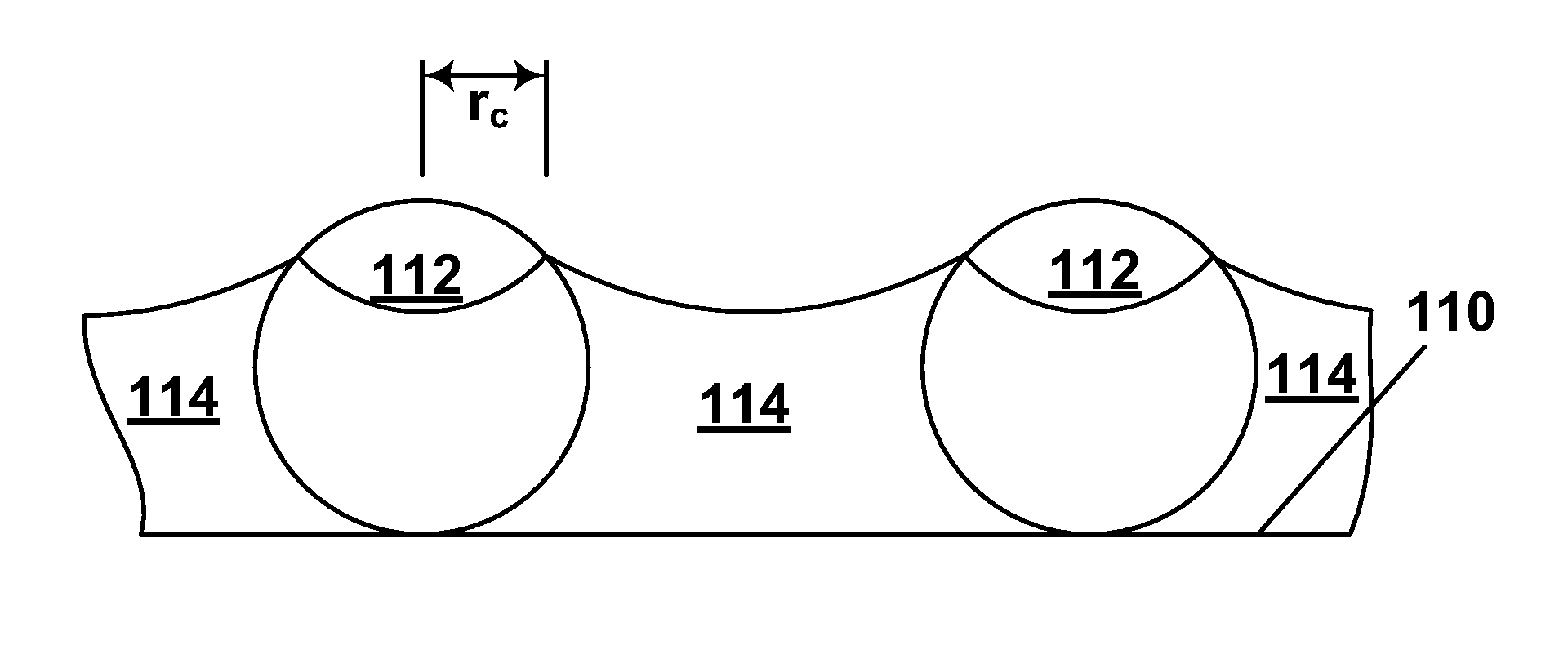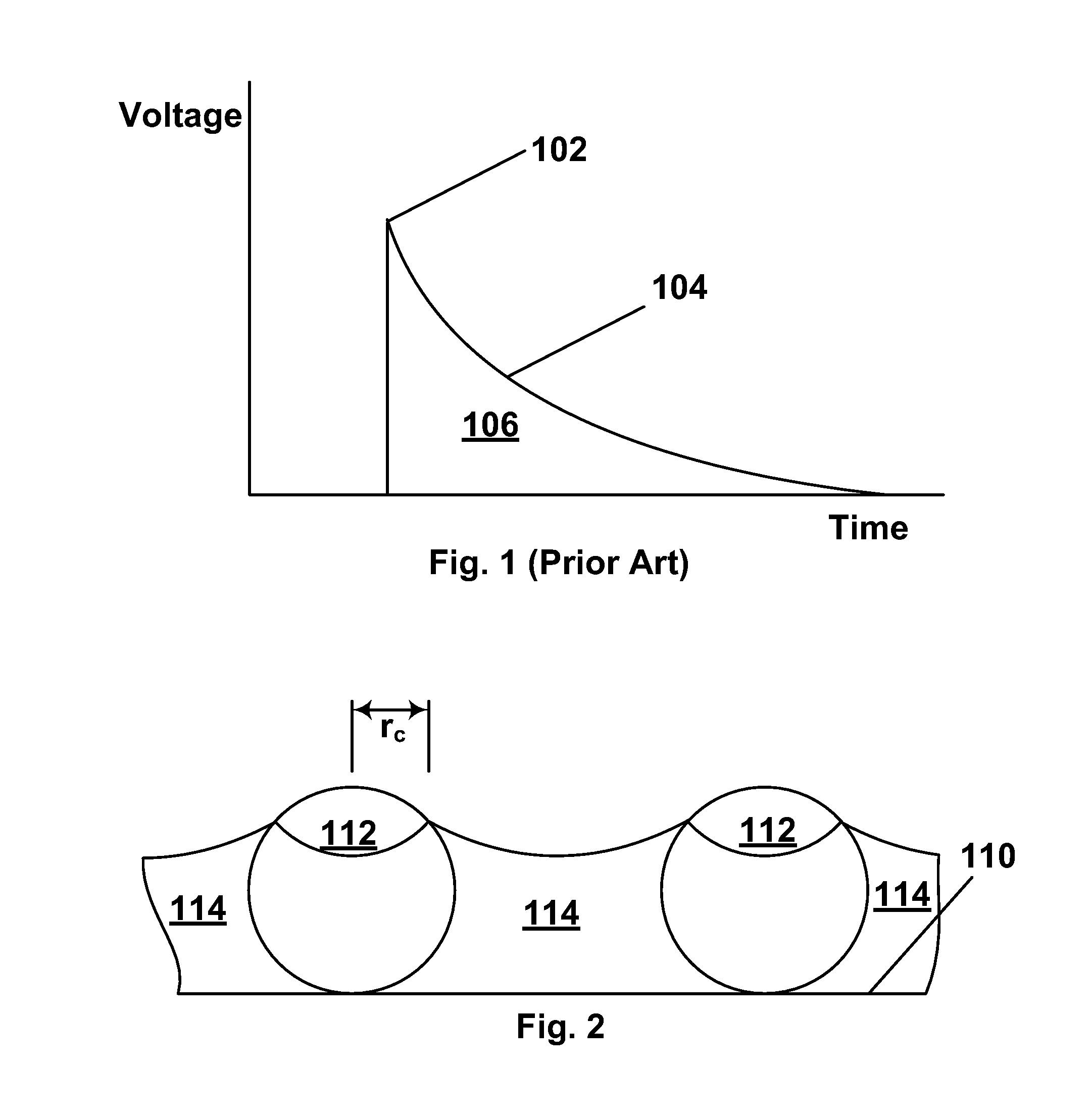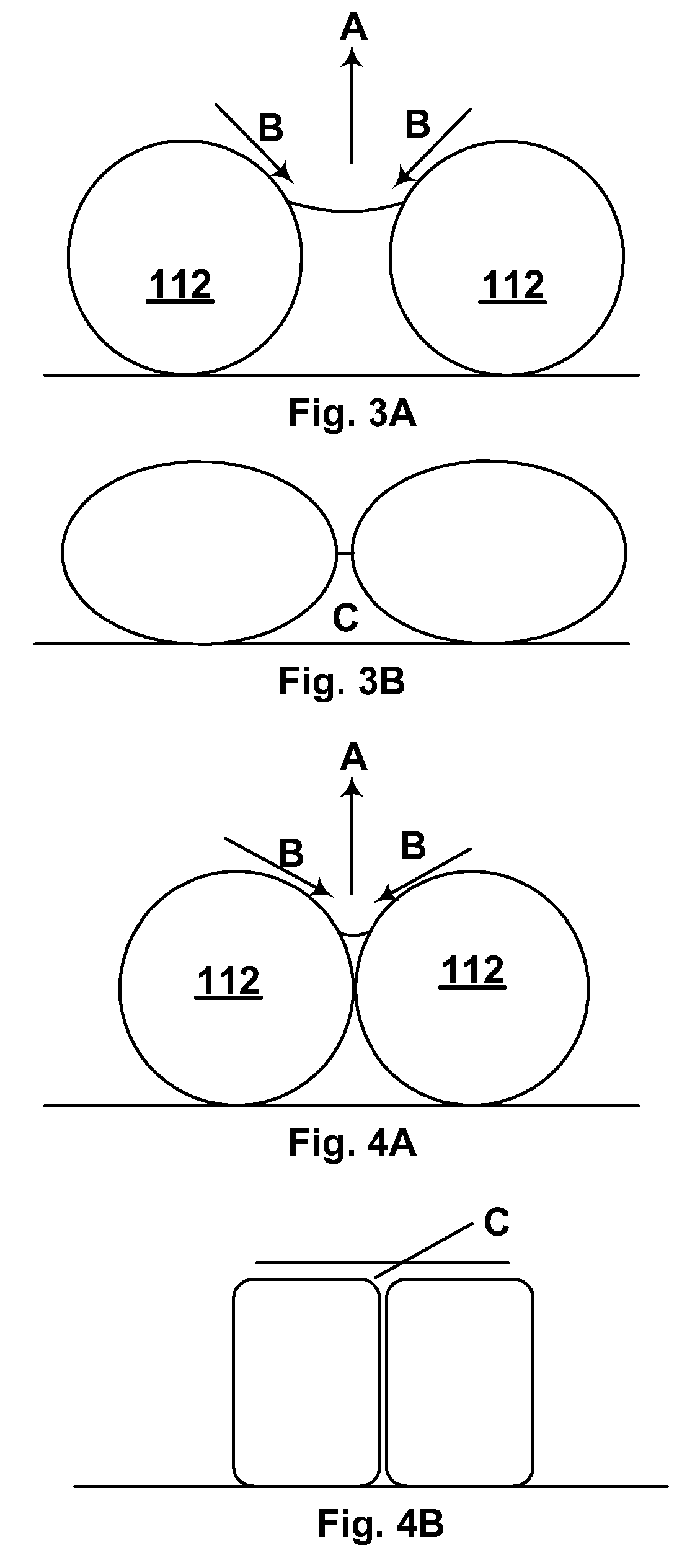Electro-optic displays with reduced remnant voltage
a remnant voltage and electro-optic technology, applied in optics, instruments, static indicating devices, etc., can solve the problems of preventing their widespread use, unsatisfactory effects, and insufficient service life of these displays
- Summary
- Abstract
- Description
- Claims
- Application Information
AI Technical Summary
Benefits of technology
Problems solved by technology
Method used
Image
Examples
Embodiment Construction
[0082]As already mentioned, the present invention provides several different improvements in electro-optic displays and media, and in waveforms and controllers for driving such displays. The various aspects of the present invention will be described separately (or in related groups) below, although it should be understood that a single display or medium may make use of more than one aspect of the present invention. For example, a single display may contain a volume resistivity balanced electrophoretic medium of the present invention and use a waveform selection method of the invention to drive this medium.
Methods for Determining Remnant Voltages, and Addressing Methods and Controllers for Electro-optic Displays Which Exhibit Remnant Voltages
[0083]As already indicated, in view of the deleterious effects of remnant voltages on the optical performance of electro-optic displays, when a display is subject to such remnant voltages it is typically necessary or desirable to use an addressin...
PUM
| Property | Measurement | Unit |
|---|---|---|
| remnant voltage | aaaaa | aaaaa |
| remnant voltage | aaaaa | aaaaa |
| remnant voltage | aaaaa | aaaaa |
Abstract
Description
Claims
Application Information
 Login to View More
Login to View More - R&D
- Intellectual Property
- Life Sciences
- Materials
- Tech Scout
- Unparalleled Data Quality
- Higher Quality Content
- 60% Fewer Hallucinations
Browse by: Latest US Patents, China's latest patents, Technical Efficacy Thesaurus, Application Domain, Technology Topic, Popular Technical Reports.
© 2025 PatSnap. All rights reserved.Legal|Privacy policy|Modern Slavery Act Transparency Statement|Sitemap|About US| Contact US: help@patsnap.com



